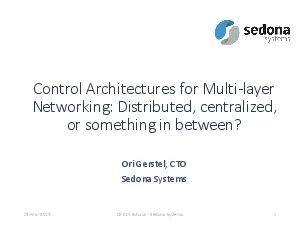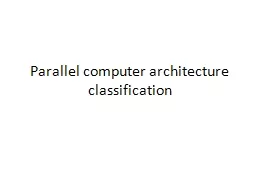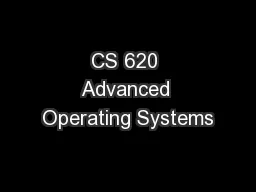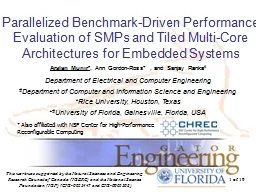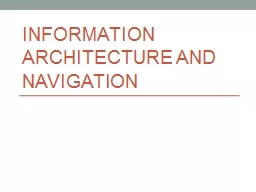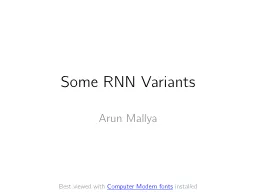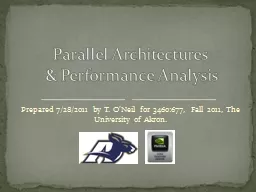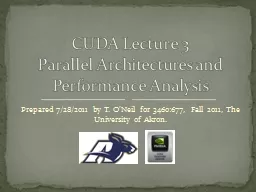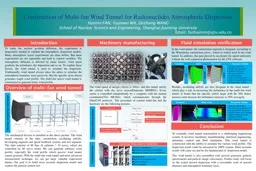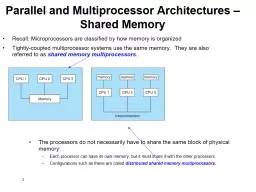PDF-Control Architectures for Multi
Author : deborah | Published Date : 2021-09-26
layer Networking Distributed centralized or something in between Ori Gerstel CTOSedona Systems24Mar20151OFC15 tutorial Sedona SystemsWhat is SDN in 1 slideA control
Presentation Embed Code
Download Presentation
Download Presentation The PPT/PDF document "Control Architectures for Multi" is the property of its rightful owner. Permission is granted to download and print the materials on this website for personal, non-commercial use only, and to display it on your personal computer provided you do not modify the materials and that you retain all copyright notices contained in the materials. By downloading content from our website, you accept the terms of this agreement.
Control Architectures for Multi: Transcript
Download Rules Of Document
"Control Architectures for Multi"The content belongs to its owner. You may download and print it for personal use, without modification, and keep all copyright notices. By downloading, you agree to these terms.
Related Documents

